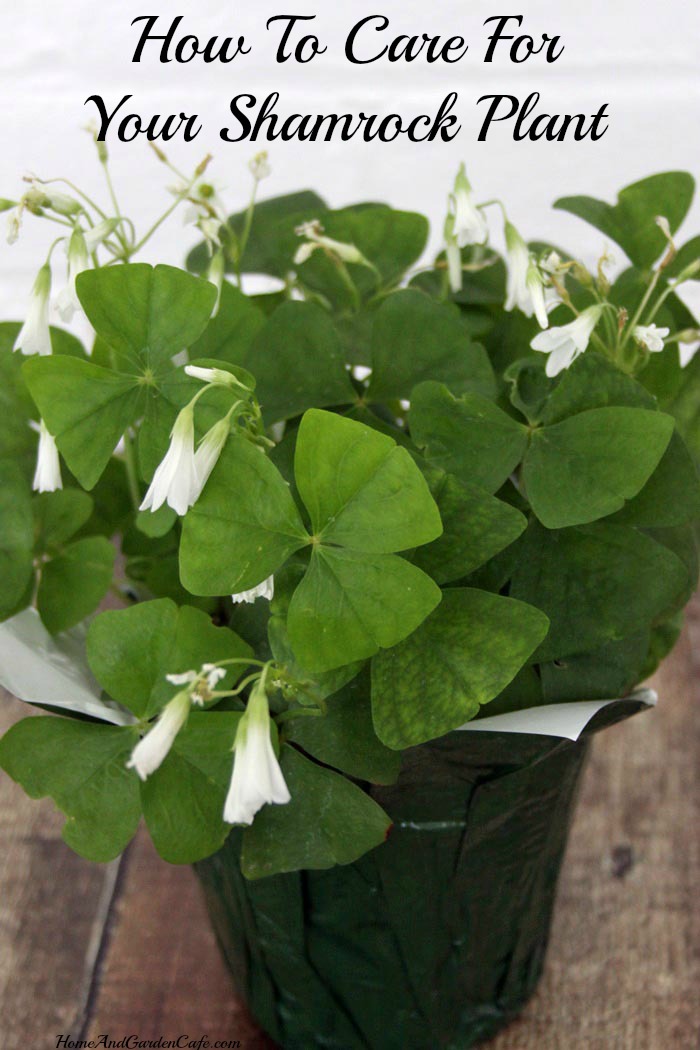How To Grow And Care For A Clover Plant
Shamrock plants are a popular houseplant for many people around the world. They are easy to care for and add a touch of green to any room. Here are some tips for caring for your shamrock plant.

Plant Attributes
The shamrock plant, also known as the oxalis plant, is a member of the wood sorrel family. It is a small, herbaceous plant that grows to be about 6 to 12 inches tall. The leaves of the shamrock plant have a clover-like shape and can come in a variety of colors, including green, purple, and red.
Shamrock plants are native to South America and are usually grown as indoor houseplants. They prefer to be in bright, indirect light and well-draining soil. They also like to be kept in slightly moist soil, but be careful not to over-water them as this can cause root rot.
Plant Care
When caring for your shamrock plant, it is important to keep it in a well-lit area, but not in direct sunlight. Direct sunlight can burn the leaves of the shamrock plant, so it is best to keep it in a spot that is bright, but not too bright. Water your shamrock plant regularly, but be careful not to over-water it. Too much water can cause the roots to rot, which can kill the plant.
Shamrock plants prefer to be kept in slightly moist soil. They can be fertilized during the growing season with a balanced, water-soluble fertilizer. Be sure to follow the instructions on the fertilizer packaging for the proper dosage.
Pruning
Pruning your shamrock plant can help keep it looking healthy and bushy. You can trim off any dead or yellowing leaves with a pair of scissors or pruning shears. This will help promote new growth on your plant.
Propagation
Shamrock plants can be propagated by taking cuttings from the stem or through division. To propagate by stem cutting, cut a stem from the plant just below a leaf node. Remove the lower leaves and place the stem in a glass of water. Be sure to change the water every few days. After a week or so, your stem should start to form roots. Once the roots have formed, you can plant the stem in a pot with well-draining soil.
To propagate by division, gently remove your shamrock plant from its pot and carefully separate the plant into smaller sections. Each section should have its own roots and stems. Repot each section in a new pot with fresh soil.
Potting & Repotting
Shamrock plants prefer to be in well-draining soil, so it is important to choose a pot with good drainage. When repotting your shamrock plant, choose a pot that is slightly larger than the current one. Fill the pot with well-draining soil and gently place your shamrock plant in the pot. Be sure to water it well after repotting.
Common Pests & Plant Disease
Shamrock plants are generally pest-free, but they can sometimes be affected by spider mites or aphids. These pests can be treated with an insecticidal soap or spray. Be sure to follow the instructions on the packaging.
Root rot can be a problem for shamrock plants if they are over-watered. This can cause the roots to rot and can lead to the death of the plant. If you notice yellowing leaves or a soft stem, this may be a sign of root rot. Be sure to adjust your watering habits and allow the soil to dry out slightly before watering again.
Common Problems
Yellowing leaves can be a sign of over-watering or under-watering. Be sure to water your shamrock plant regularly, but not too much.
Shamrock plants can also be affected by leaf drop. This can be caused by a change in temperature or humidity. Be sure to keep your plant in a consistent environment to prevent leaf drop.
With proper care and attention, your shamrock plant can thrive and add a touch of green to any room in your home.




Post a Comment for "How To Grow And Care For A Clover Plant"